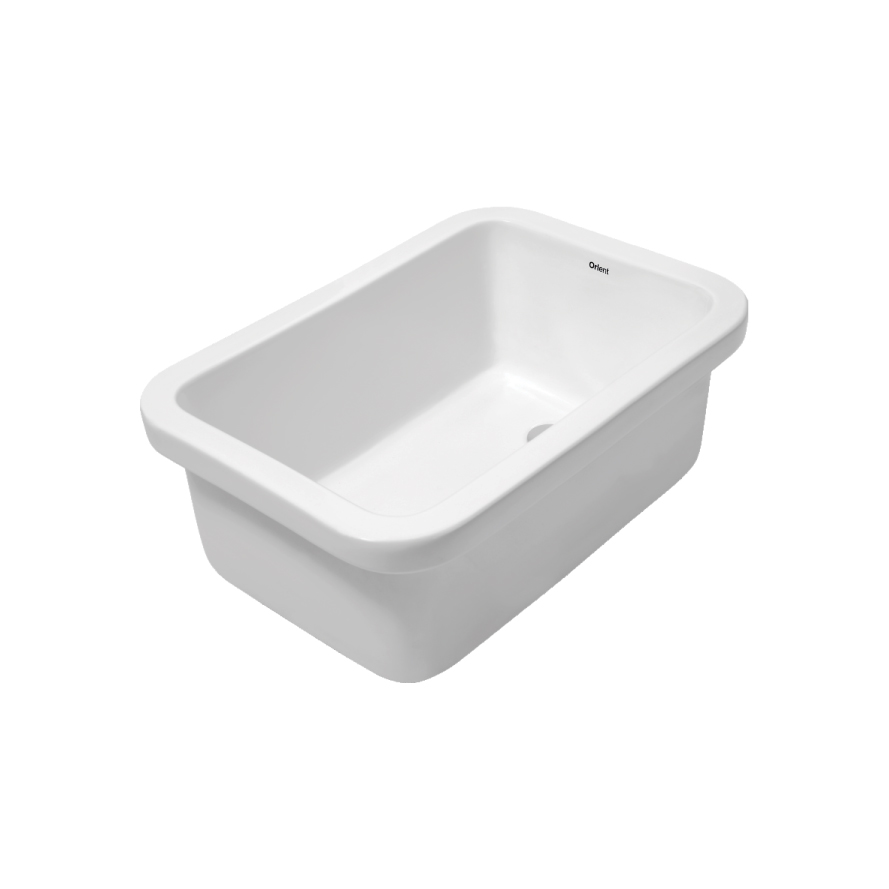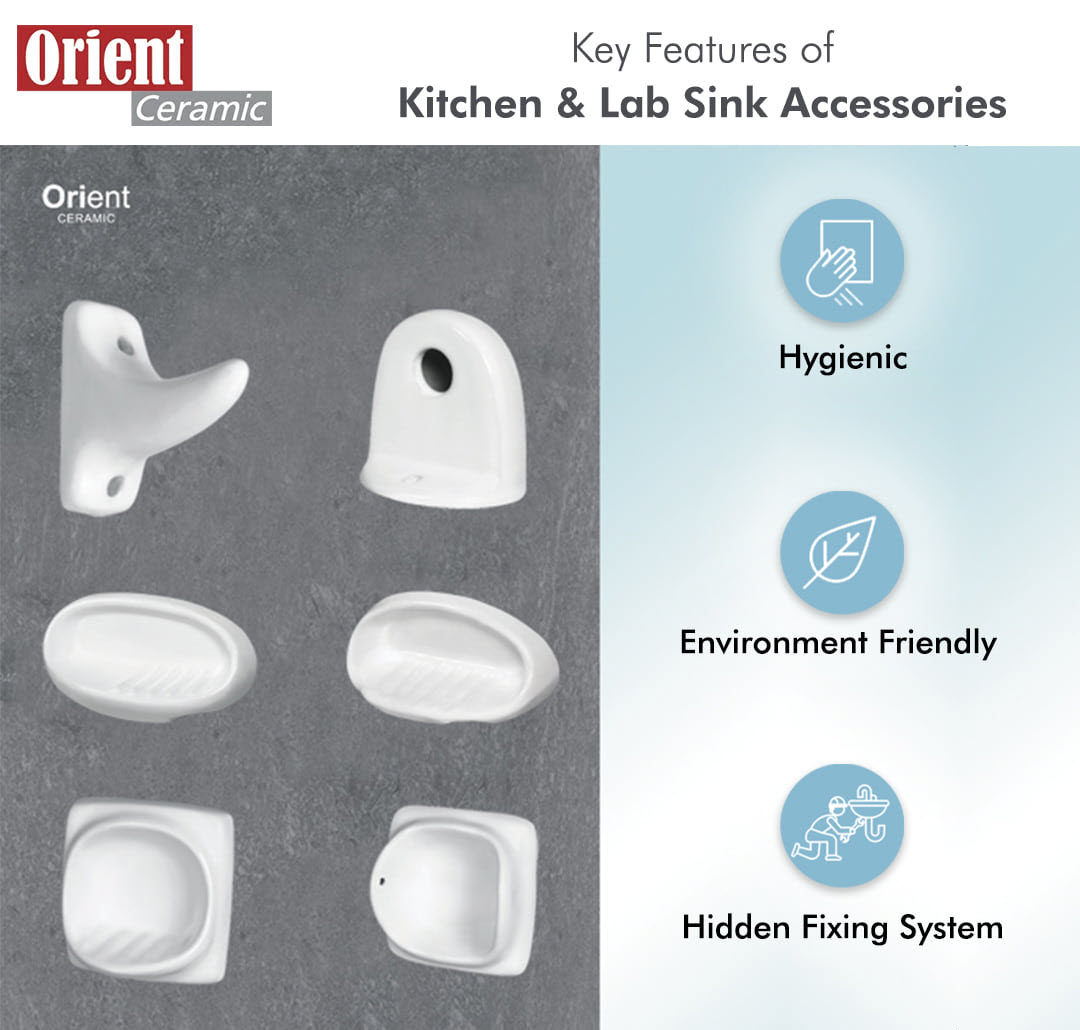
When it comes to a ceramic lab sink, there are several choices available. There are several types, including Polypropylene, Fire clay, and more. Let's discuss some of the most popular types and how to determine which type of lab sink will best fit your needs. Also, take a look at the benefits and disadvantages of each one. This article will help you decide which type of laboratory sink is best for your research.
Orient Ceramics is focused on the sanitary specification side of the industry and works closely with professionals and architects. Its brand and visibility among design professionals are second to none. And with its impressive online store, the Orient Ceramics brand now has an international presence.
Why Lab Sinks are Necessary, and What are their Benefits?
A hands-free lab sink is necessary for many experiments and tests. Washing your hands in the lab sink cleans the hands contaminated with microorganisms or other foreign bodies. Using an elbow or pedal to control water flow prevents interruption of an experiment. These lab sinks can also accommodate a pump to collect the wastewater. In addition to being efficient and durable, ceramic is extremely resistant to numerous chemicals.
When selecting a sink, it is important to remember that chemically-active substances and other contaminants may cause the sink to become contaminated. If the sink is not equipped to handle chemicals, they could contaminate the water and cause damage to the contents. Stainless steel sinks are a common choice for laboratories but are not suitable for all uses. If you need to perform a chemistry experiment with chemicals that do not corrode metal, you should consider ceramic lab sinks.
The ceramic laboratory sink is a rectangular sanitaryware product made from ceramic. It is available in different dimensions. The sink has an overflow and a drain spout in the centre back. For laboratory use, the ceramic sink is a good choice.

Fire Clay Ceramic Laboratory Sink
A fire clay ceramic laboratory sink is made from high-quality fireclay, which means that the sink will withstand high temperatures. In order to avoid any risk of odour retention, a ceramic sink should not have any pores. Ideally, it should be odour-free and nonporous to avoid contamination of the laboratory. Listed below are some tips to maintain the cleanliness of your fire clay lab sink. They should be cleaned regularly and wiped dry after each use.
A fire clay ceramic lab sink is made by fusing a glaze with a specialist clay during the firing process. The glaze is then applied to the resulting fireclay, which is far more durable than cast iron. This material is resistant to acids and is also chip-resistant. A fire clay sink is also very easy to clean. These factors make it the perfect choice for laboratories. Fire clay ceramic lab sinks are highly durable and chip-resistant.
The Bottom Line
For laboratory use, ceramic sinks provide a durable work surface that is chemical and heat resistant. They also pass fire-rating standards. Whether you need a new lab sink for a research lab or a commercial space, ceramic products are built to last.
A laboratory sink made from ceramic offers durability and chemical resistance. Because of its high chemical resistance and durability, it is an excellent choice for light-duty labs.

Make an Appoinment
Send us Message
Visit us at Address
Vagadiya Road, Thangadh - 363530,
Gujarat, India.
Gujarat, India.
© Copyright 2024, Orient Ceramics, All Rights Reserved.
Web Design & Development by Opal Infotech